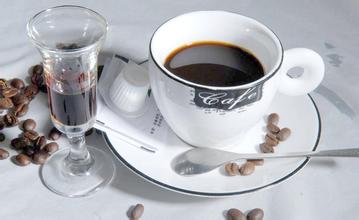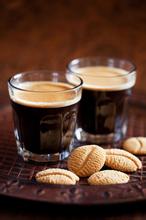Sunny Sidama Coffee with a floral flavor introduces Ted Manor
Sunlight Sidamo tastes close to floral, but slightly earthy. Wash it with nutty fruit aromas, with a slight cocoa aroma, but the two have in common a smooth taste and viscosity, pleasant acidity and aroma. Light or medium roasts are suitable for single serve, medium or deep roasts are suitable for blended coffee and a good Espresso base.
Sitama treated by washing is light green, small beans, oval growth, full fruit, good average quality, mellow smell, a drop of mouth, endless aftertaste, with wild beauty. It is elegant and playful, mild and pleasant on the palate, with a strong taste impact with bright lemon acid later, a unique full-bodied taste, sweet and pleasant, slowly rising finish contains a unique sweet sidamo coffee flavor is very diverse. Different soil types, microclimate and numerous native coffee species, high mountains, highlands, plateaus, valleys and plains, diverse terrain, and the geology of the area is rich in nutrients, well drained volcanic soil, soil depth of nearly two meters, the surface soil is dark brown or brown. Its greatest advantage is that soil fertility is maintained through the recycling of organic matter, using withered leaves from surrounding trees or plant roots as fertilizer. Therefore, the coffee produced in the town has obvious differences and characteristics. From 2010 to 2012, it won high scores of CR92~94 from the authoritative coffee evaluation website in the United States. This shows that the production of raw beans extraordinary.
Sitama coffee beans are slightly gray, some places are coarse and some places are fine, the acidity is soft and strong, the alcohol is appropriate, and the sweet and spicy aroma is one of the courtyard coffees in the southern highlands of Ethiopia. It differs from African coffee in that Sidamo has a clear acidity, a smooth texture and a delicate floral aroma

Important Notice :
前街咖啡 FrontStreet Coffee has moved to new addredd:
FrontStreet Coffee Address: 315,Donghua East Road,GuangZhou
Tel:020 38364473
- Prev

Ecuadorian coffee producing area Galapagos Coffee San Cristobal Hasunda Coffee Garden
The best Ecuadorian coffee from the hometown of the giant tortoise is grown on St. Cristobal Island in the Galapagos Islands, which has the natural geographical conditions unique to giving birth to the best quality coffee in the world. A cup of Galapagos coffee, like the beautiful scenery of the Galapagos Islands, is sure to impress you. In the mid-15th century, in western South America
- Next

Ethiopia Yega Chuefei Coffee introduces Yega Snow Coffee Manor
There is a strict standard for collecting red fruits (as a result of coffee trees). Before exposure to coffee fruits, unripe green fruits or defective fruits are removed manually, and damaged or moldy fruits are removed during the sun drying process. after two weeks, the flesh sugar and essence seeped into the coffee beans, the water content was reduced to 12%, and then scraped off the hardened pulp, pectin layer and pods with a planer to remove the coffee.
Related
- Does Rose Summer choose Blue, Green or Red? Detailed explanation of Rose Summer Coffee plots and Classification in Panamanian Jade Manor
- What is the difference between the origin, producing area, processing plant, cooperative and manor of coffee beans?
- How fine does the espresso powder fit? how to grind the espresso?
- Sca coffee roasting degree color card coffee roasting degree 8 roasting color values what do you mean?
- The practice of lattes: how to make lattes at home
- Introduction to Indonesian Fine Coffee beans-- Java Coffee producing area of Indonesian Arabica Coffee
- How much will the flavor of light and medium roasted rose summer be expressed? What baking level is rose summer suitable for?
- Introduction to the characteristics of washing, sun-drying or wet-planing coffee commonly used in Mantenin, Indonesia
- Price characteristics of Arabica Coffee Bean Starbucks introduction to Manning Coffee Bean Taste producing area Variety Manor
- What is the authentic Yega flavor? What are the flavor characteristics of the really excellent Yejasuffi coffee beans?

